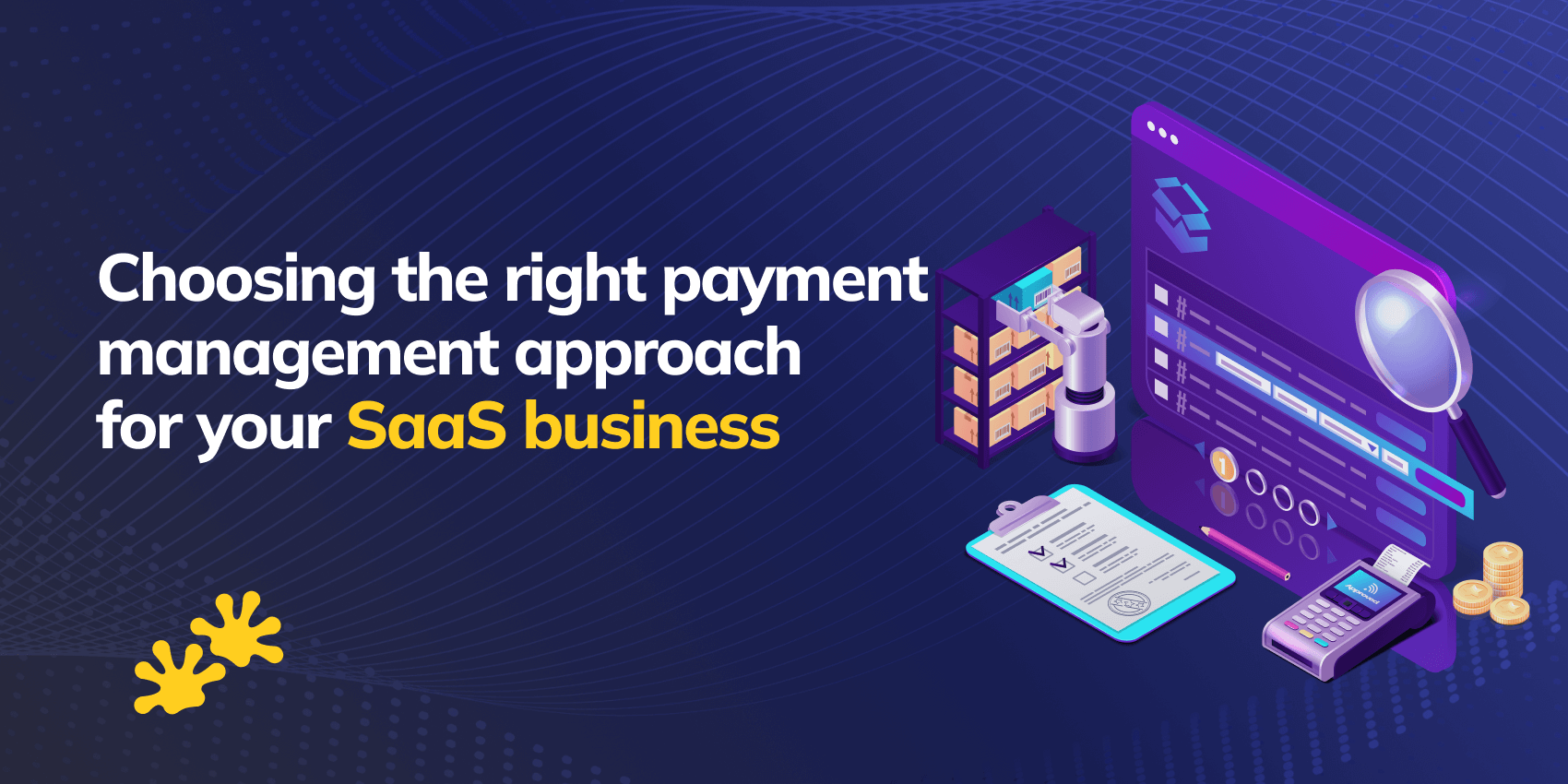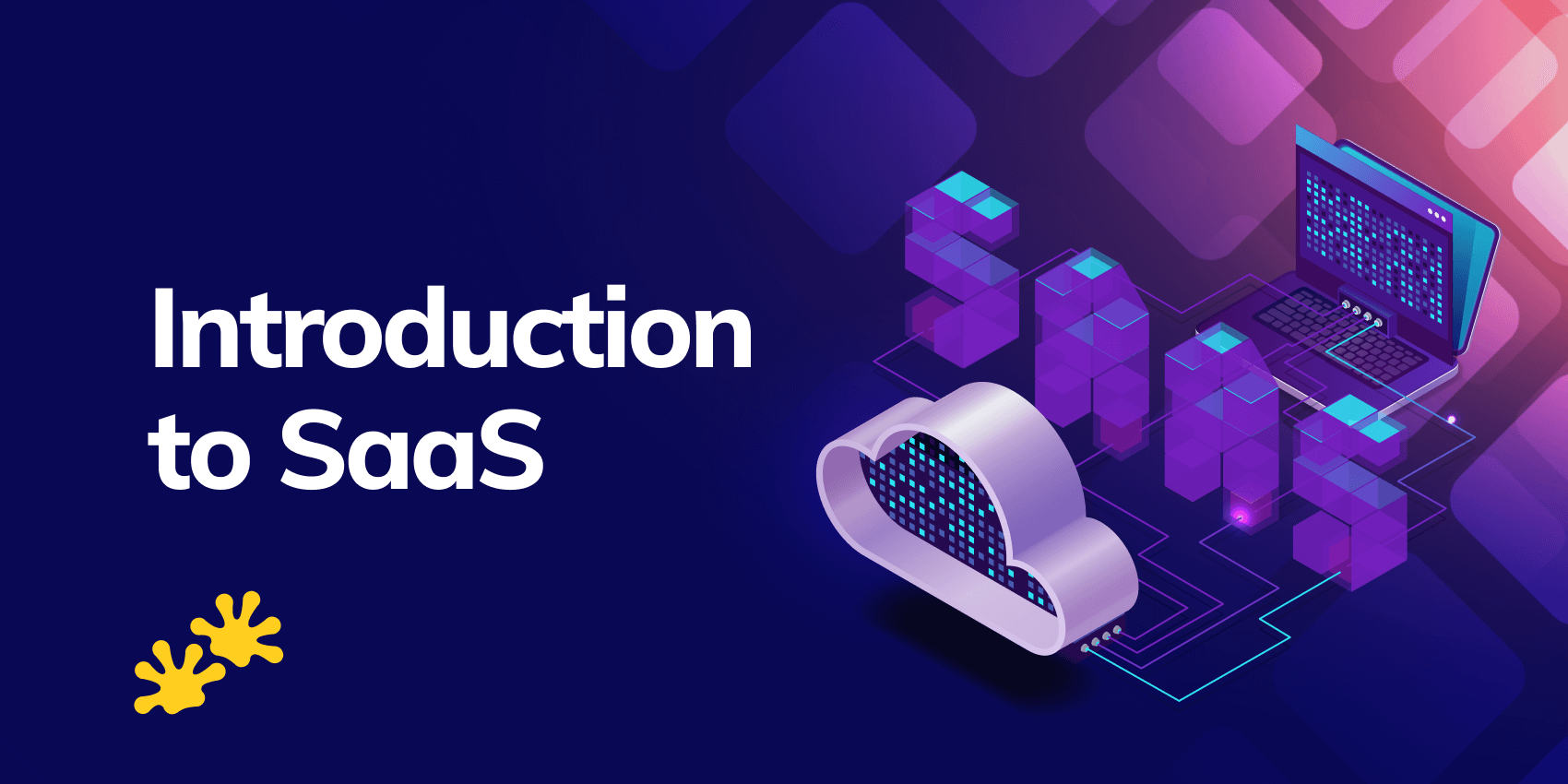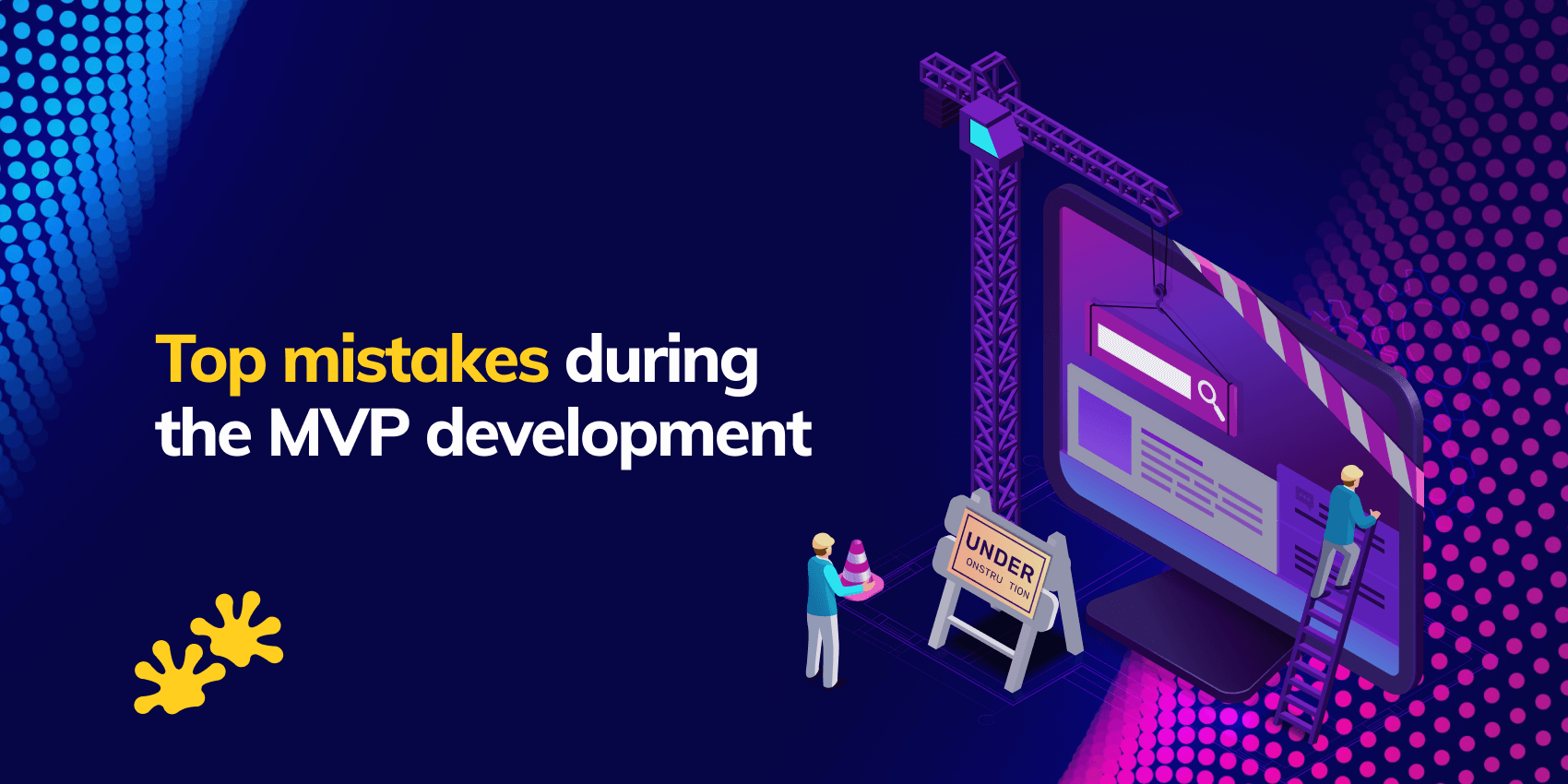Payment Management for SaaS Business – how to do it right?

As a SaaS company, managing payments is a critical aspect of your business. Choosing the right payment management approach is essential in ensuring that your customers have a smooth and hassle-free payment experience while also allowing you to optimize your business processes. In this article, we will be discussing the two primary options for payment management: automated payments and manual invoicing. Of course, there are multiple payment methods, but those two are surely the most common. We will dive into the advantages and disadvantages of each method and provide you with a comprehensive guide to help you decide which payment solution is best suited for your business.
Why Choosing the right subscription management system matters?
Planning ahead and picking the right payment management approach can save you time, money, and resources in the long run. The way you handle payments can affect not only your customers but also your internal operations. Therefore, it’s important to consider factors such as your business model, target audience, and the specific needs and preferences of your customers. By choosing the right payment method, you can streamline your payment processes and enhance your customer experience while minimizing errors and administrative burdens.
Below, we will present the most common payment service options for SaaS companies, including card payments, manual invoicing, and payment links. By exploring the advantages and disadvantages of each method, we aim to help you make an informed decision that meets your business needs and satisfies your customers’ preferences. We will also highlight some key considerations when selecting a payment management approach, such as security, flexibility, and scalability. With this information, you can optimize your payment processes, reduce administrative burdens, and enhance the overall customer experience. So, let’s dive into the details and explore the best payment management approach for your SaaS business!
Card Payments – best for recurring billing in SaaS businesses
Automated payments involve securely storing credit card information and automatically processing payments for services rendered or products purchased. This approach offers several advantages, including:
- Streamlined and automated payment process
- SaaS payment gateway reduce administrative burden through recurring payments
- Improved cash flow
- Documented payment details
Automated payments can provide a convenient and hassle-free payment experience for your customers, as payments are processed quickly and reliably. Additionally, automated payments require less manual intervention, which can help reduce your administrative workload. However, automated payments also come with some potential disadvantages, including:
- Failed payments with card - that situations need manual action by the customer
- Limited payment options
- Subscription fatigue
- In global terms, there is a need to implement 2 SaaS payment processors
PayPal is the most popular SaaS payment processor. Of course, there are plenty of payment gateways, which can be used in many software companies. Their use should depend primarily on the functionality and optimization of accounting processes.
Manual Invoicing
Manual invoicing involves issuing invoices to customers for services rendered or products purchased. This approach offers several advantages, including:
- Increased flexibility
- A personal touch
- More control over payment timing
Manual invoicing allows you to offer a wider range of payment options to your customers, and you have more control over when payments are received. Additionally, manual invoicing allows for a more personal touch in customer interactions, as sales agents or accounting personnel can work directly with customers to resolve payment issues or answer questions. However, manual invoicing also comes with some potential disadvantages, including:
- Time-consuming
- Increased administrative burden
- Potential for errors
- Lack of automation
Payment Links
Payment links offer another option for managing payments. They involve sending a link to the customer via email or text, which takes them to a payment page where they can enter their payment information. This approach offers several advantages, including:
- Automated payment process
- Reduced administrative burden
- Tax due only after payment is processed
- Fewer problems in situations of customer churn
However, payment links also come with some potential disadvantages, such as:
- Not fully automated on the client side
- High risk of treating such a message as a cybersecurity threat
Now let’s take a closer look at the advantages and disadvantages of automated payments and manual invoicing, and which type of company each method would best suit.
Conclusion
As a company seeking to offer a SaaS product, it’s essential to make the right decision when it comes to management. Partnering in SaaS payment processing with an experienced IT partner (maybe even us :) ), you can leverage their expertise and insights to help you navigate the complexities of your finances and choose the best approach for your business. With their support, you can ensure that your payment processes are streamlined, efficient, and secure, while also providing your customers with the best approach that matches your long term business goals. By making the investment in an experienced IT partner, you can position your company for success and growth, take some burden off of your shoulders, so you can focus on vision and leading the company.
If you want to talk with us about your project - Contact Us.

